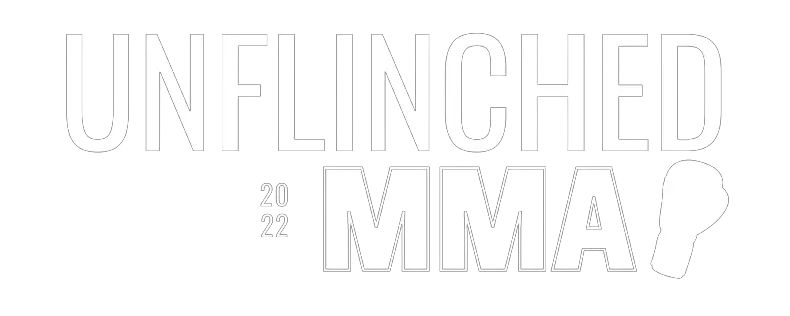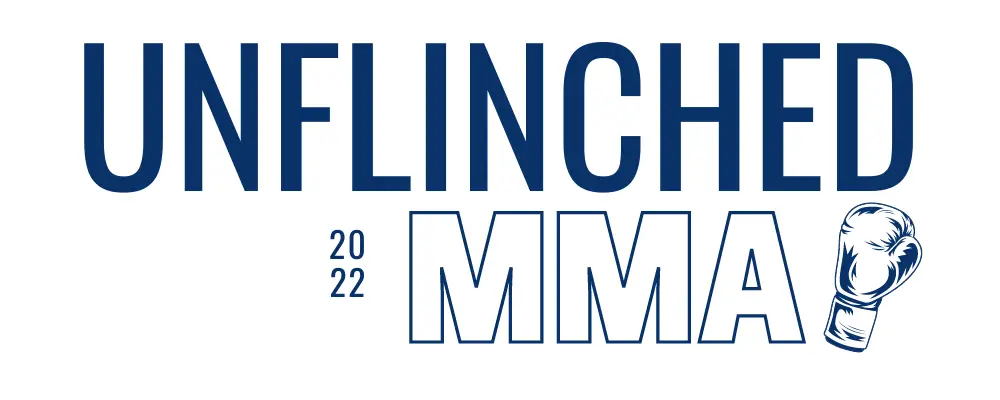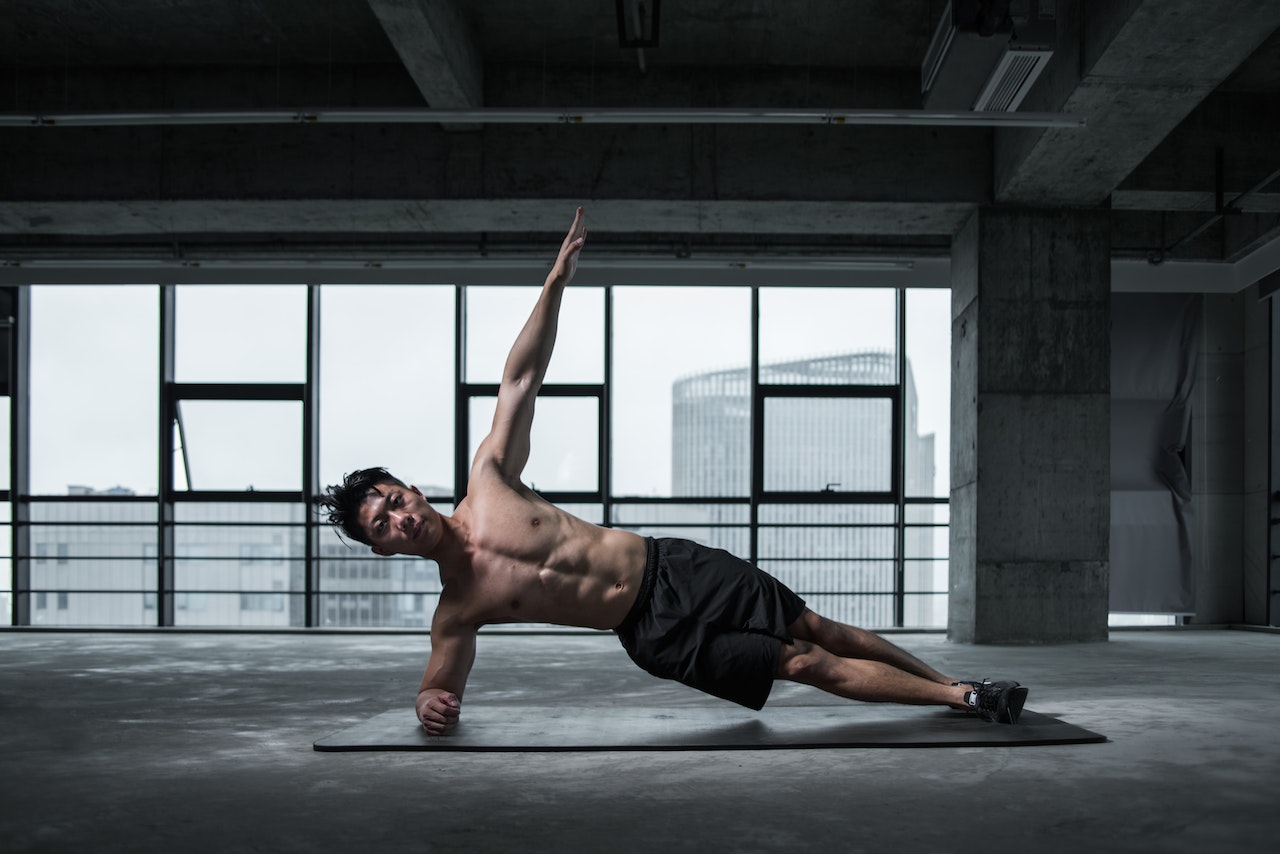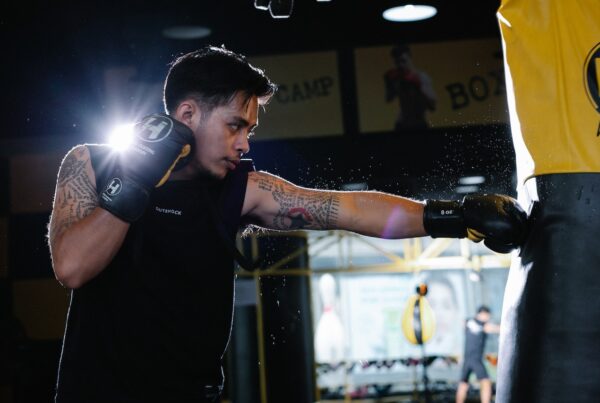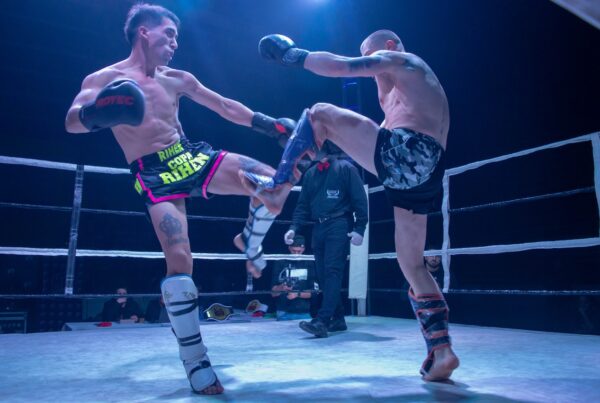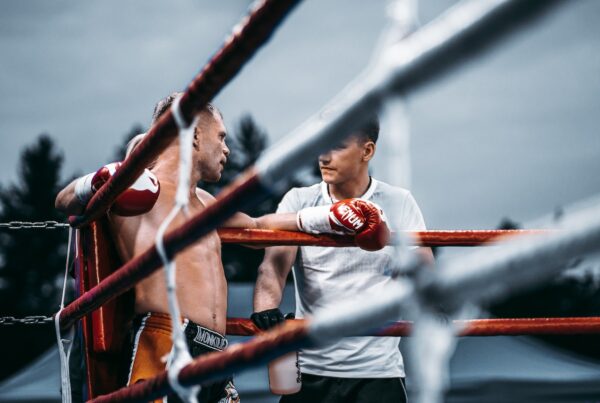Strength helps in fighting but isn’t the only important factor. A boxer must have a lot of endurance in a boxing match and be agile to avoid hits. However, training specific muscles like the arms, shoulder, core, glutes, hips, and feet can help you gain an advantage over your opponents.
When training with boxers, I often see them focusing on ensuring their muscles are prominent. This isn’t the best thing to do when training to become a boxer, as often, training the wrong muscles means you’re simply adding bulk that won’t add up to your punching power.
This article will discuss whether strength is good for fighting and the muscles you should train for a harder punch.
Table of Contents
Is Strength Good for Fighting? (Does It Matter)
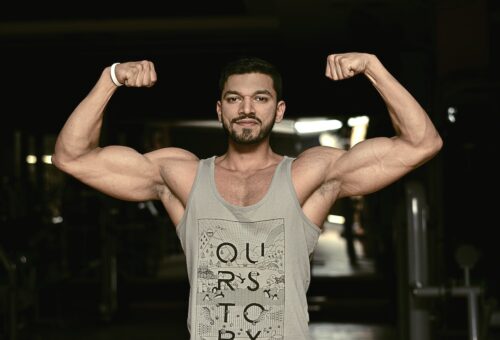
A fighter needs to be able to absorb punches and evade them, which means they need to be agile and have a lot of endurance.
Although strength is a crucial part of fighting, it isn’t the only component to make you a better fighter. A fighter needs to be able to absorb punches and evade them, which means they need to be agile and have a lot of endurance.
The striking force in your upper body core muscles originates from your chest muscles. They combine the strength of your shoulders and arms. You can increase your stamina for fast punches or repetitive movements by strengthening your chest muscles.
However, it takes more than physical power to fight. Hits must be absorbed, maintained, and expressed through all levels of motion. Boxers need to understand that in boxing, the technique isn’t simply more significant than power; it’s the source of it. The form of a fighter is improved, and his movements are tighter and more compact with good technique.
What Muscles Are Best For Fighting & Harder Punch
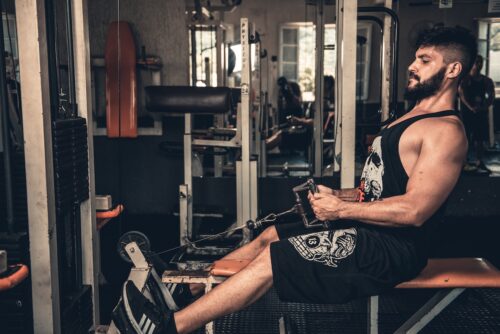
A boxing workout involves a lot more than just burning shoulder muscles daily. Boxing can offer a full-body exercise that you can do in a single session. Let’s look at the muscles that are best for fighting.
1. Feet
Footwork is one of the most important aspects of boxing as it allows you to move in all four directions to help to avoid punches while opening up the opportunity to create new ones.
The big toe is significant for boxers because it helps coordination and balance. This is another reason why boxing requires proper footwear. Fighters can perform at their top level thanks to using all the little muscles in their feet while wearing the right shoes. This will allow them to easily maneuver around the ring, slipping into and out of the opponent’s range.
2. Hamstrings and Quads
These are two of the strongest muscles for boxing in your lower body as they are the main powerhouses used in punching.
The motion used for punching starts with a push generated at the ball of your foot and is made stronger with the hamstrings and quadriceps. Strong legs are crucial to a boxer’s success, as they are responsible for their movement.
3. Glutes and Hips
These two muscles are responsible for transitioning the kinetic energy used in the punches into rotational power. These muscles also allow the boxer to move around the ring freely.
Performing boxing drills and workouts will help you keep your glutes strong and your hips mobile, which are critical factors in a boxer’s athleticism.
4. Core
Several muscles make up the core but the primary muscles used while boxing are the obliques, lower back, and abs. These core muscles are used to allow rotation when punching.
The core allows the power generated in the lower body to transition into the upper body. If a boxer has a stable and strong core, they can maximize the torque produced during punching and effectively deliver a powerful punch.
5. Torso
Latissimus Dorsi (lats) and the Pectoralis Major (pecs) are two of the largest muscle groups in the torso. These are used for rotational movement and contribute to lateral flex, which is crucial for punches.
The pecs act as a driving force for the power in the punch, whereas the pecs are among the strongest muscles in the body and are used to punch and are mainly involved in punching and pressing motions.
6. Shoulders
Anyone who has worn heavier gloves when boxing knows the importance of the shoulder. Simply holding up your arms for the duration of the three-minute round requires a lot of muscle endurance.
A boxer’s shoulders are also used in punching and pushing motions, and they help in the execution of the punching sequences.
7. Hands and Arms
A boxer’s arms can act as a lever when punching, while the hands can act as a means to delivering the hit where all the energy that started generating in the ball of your foot is expelled at a focused point near your knuckles.
In boxing, the arms are generally defined as triceps and biceps. Most punches, like a cross or a jab, will utilize the triceps to deliver a hit, whereas if you throw hooks or uppercuts, they will also use your biceps.
Also Read: Can Boxing Build Bigger Muscles? 5 Tips Without Weights
Does Stronger Legs Mean Harder Punches?
The stronger your legs are, the harder your punches will be, and the longer you can stay in a fight. The legs are the primary source of the power delivered through your punches in boxing because it is all done standing up.
Leg drive is the initial source of punching force. Depending on the punch delivered, the legs’ contribution to power differs. For example, the straightforward punch delivered with the non-dominant hand is known as a jab. It is an abbreviated motion. The punch is made possible by your back legs, which drive your body forward and help you punch harder.
Do Biceps Increase Punching Power?
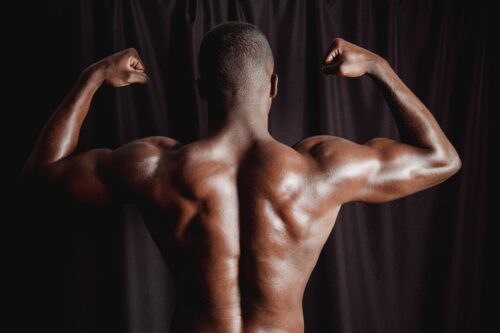
The biceps do not contribute much to your punching force, so having larger arms does not make you punch harder.
The biceps do not contribute much to your punching force, so having larger arms does not make you punch harder. Instead, they can make you exhausted more quickly and slow down your strikes.
Even the bodybuilders with the largest arms in the world struggle to deliver a solid punch. Big arms are not as important to landing a forceful blow. Your core strength and punching technique are what make you punch harder.
Do Triceps Make You Punch Harder?
Bigger triceps don’t make you punch harder. Punching power comes from the ground, the feet, and the body’s strength rather than the triceps. Punching repeatedly and properly will make your punches more powerful and give you more control over your body.
However, even though the strength of the triceps and shoulders may seem essential to a strong punch, it only makes up a very small percentage of a good, powerful punch. The muscles in your lower body, particularly your hamstrings and upper and lower back, should be strengthened because they matter most.
Do Push-Ups Increase Punching Power?

Push-ups strengthen your core, back, arms, and shoulders while strengthening your upper body.
Pushups can increase punching power because it strengthens your upper body. Push-ups strengthen your core, back, arms, and shoulders while strengthening your upper body.
Push-ups will strengthen your shoulders and back, contributing significantly to your punches’ force. To raise their hands high in the guard position and continuously throw punches, boxers must have extremely strong shoulders and arm muscles.
Push-ups build strength and endurance in these muscles, making them less prone to exhaustion during boxing while also increasing your punching power so that you can land powerful punches without being exhausted.
That said, don’t expect to significantly throw harder punches from push ups alone. As I said, strong punches come from your legs and lower body – so, you need to focus on these areas too.
Is Speed or Strength Better for Fights?
Speed is significantly more important than strength for fights. It doesn’t matter how hard you swing if you can’t hit your opponent. Punches delivered at a quicker pace have greater kinetic energy, which increases their ability to cause more harm.
You can increase the energy flow between your fist and its target by concentrating on punching with more speed.
Instead of concentrating more on growing your strength, you should work to increase your speed to increase the force of your punches.
When you’re moving quickly, your fists have more kinetic energy, so you can inflict more harm. Fast fighters also avoid being hit because being hit makes them less effective in a fight.
Also Read: Why Don’t Fighters Fight At Natural Weight? Importance Of Size
FAQs
Q: Does Punching Muscles Make Them Stronger?
While a direct blow to a muscle won’t make it tighter or stronger, you can build stronger muscle fibers by clenching your abs right before a punch or kick lands on your stomach.
However, hitting oneself to get stronger is not a good idea. It’s just a good way to practice taking hits.
Q: Why Do Boxers Have Flat Chests?
Almost all boxers and MMA fighters aren’t bodybuilders and are only looking to train for function rather than show off. They train on building muscle endurance and keeping body fat between 5-9%
Q: Is Punching Power Genetic?
When it comes to punching strength, genetics are extremely important. The muscle, bone, and ligament components greatly influence how hard you can punch. Additionally, some people have a higher proportion of what are known as fast-twitch muscle fibers, whereas others have a higher proportion of slow-twitch fibers.
Conclusion
In this article, we looked at whether strength is good for fighting and what muscles are best for boxers. I hope this article helped you get a better understanding of which muscles you need to train to become a great boxer.

